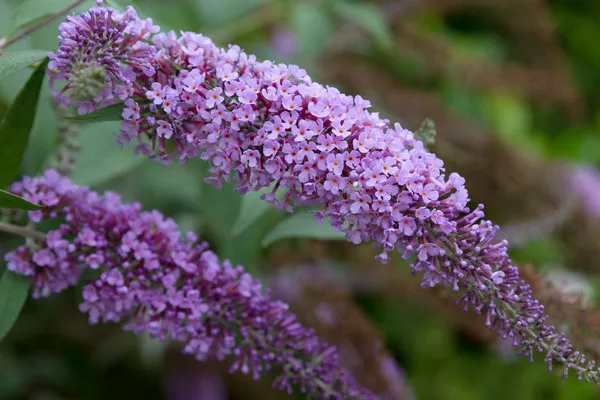Lavender (Lavandula spp.) is not only admired for its delightful fragrance and beautiful blooms but also for its natural pest-repelling properties. For centuries, this aromatic herb has been celebrated for its ability to deter various pests, making it a popular choice in gardens, homes, and natural pest control strategies. In this comprehensive guide, we will explore the pests that lavender can repel and shed light on the benefits of harnessing nature’s aromatic guardian in pest management.
Lavender’s Pest-Repelling Abilities
Lavender possesses essential oils with strong fragrances that not only appeal to humans but also act as natural repellents against several unwanted pests. These volatile oils, including linalool and linalyl acetate, contribute to lavender’s distinct aroma and play a crucial role in repelling insects.
Pests that Lavender Repels
1. Mosquitoes (Culex spp. and Aedes spp.): Lavender’s fragrance is particularly effective in keeping mosquitoes at bay, making it an excellent addition to outdoor spaces and gardens to deter these disease-carrying pests.
2. Flies (House Flies, Fruit Flies, and Stable Flies): The scent of lavender is unpleasant to many fly species, making it an effective natural repellent against these common household nuisances.
3. Moths (Clothes Moths and Pantry Moths): Lavender’s aroma acts as a natural deterrent for moths, helping protect clothing and stored pantry items from infestations.
4. Ants: Lavender’s strong scent interferes with ants’ pheromone trails, disrupting their ability to communicate and locate food sources.
5. Fleas: Lavender’s natural repellent properties make it useful in repelling fleas from pets and their living spaces.
Utilizing Lavender to Repel Pests
1. Lavender in the Garden: Planting lavender in the garden not only adds beauty and fragrance but also helps protect other plants from pest infestations.
2. Lavender as an Indoor Pest Deterrent: Placing lavender sachets or dried lavender bundles in closets, drawers, and pantry shelves can help repel moths and other pests.
3. Lavender Essential Oil: Diluted lavender essential oil can be used as a natural insect repellent spray for both personal use and in the home.
Companion Planting with Lavender
1. Rosemary (Rosmarinus officinalis): Combining lavender with rosemary creates a powerful duo, repelling a wide range of pests in the garden.
2. Mint (Mentha spp.): Mint’s strong scent complements lavender’s pest-repelling properties, making them effective companions in deterring pests.
Enhancing Lavender’s Pest-Repelling Abilities
1. Pruning and Harvesting: Regular pruning and harvesting of lavender plants help release more of its fragrant oils, enhancing its pest-repelling abilities.
2. Drying Lavender: Dried lavender can be used in sachets or potpourri to maintain its pest-repelling effects for an extended period.
3. Lavender Repellent Spray: Creating a homemade lavender repellent spray by infusing dried lavender in water and using it as a pest deterrent.
Lavender as a Pest Control Strategy for Specific Pests
1. Lavender for Mosquito Control: Placing potted lavender near entryways or outdoor sitting areas can help reduce mosquito populations.
2. Lavender for Flea Control: Using lavender-infused pet shampoos or sprays can deter fleas from pets while keeping them smelling fresh.
3. Lavender for Moth Control: Hanging dried lavender bundles or sachets in closets and pantries can protect clothing and stored foods from moth infestations.
Companion Plants to Boost Lavender’s Pest-Repelling Effect
1. Marigolds (Tagetes spp.): Marigolds release compounds that deter a range of insects, complementing lavender’s pest-repelling abilities.
2. Chrysanthemums (Chrysanthemum spp.): Chrysanthemums contain pyrethrin, a natural insecticide that enhances lavender’s effectiveness in pest control.
Potential Limitations of Lavender as a Pest Repellent
While lavender is effective in repelling certain pests, its efficacy may vary depending on the pest species and environmental conditions. For severe infestations, it may be necessary to use a combination of pest control methods for optimal results.
Conclusion
Lavender’s pest-repelling abilities are a testament to the remarkable natural defenses found in plants. By harnessing the power of lavender’s essential oils, we can deter a range of pests while enjoying its captivating fragrance and aesthetic appeal. Whether planted in the garden, used as a natural repellent indoors, or combined with companion plants, lavender proves to be a versatile and eco-friendly solution for pest management. Embracing lavender’s aromatic guardian not only protects our living spaces but also fosters a closer connection with the wonders of nature’s pest deterrents.


